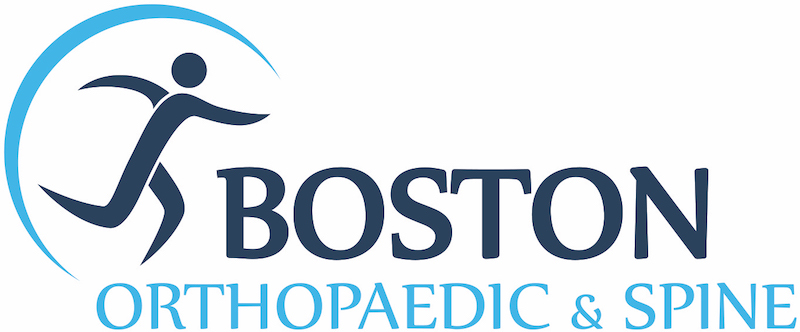Joint Replacement
Expertise in advanced joint replacement techniques
Joint Replacement at Boston Orthopaedic & Spine
Are you considering a joint replacement? Trust the highly experienced specialists at Boston Orthopaedic & Spine to assess your needs and provide a personalized treatment plan.
Indicators for Needing a Joint Replacement
Total joint replacement is a surgical procedure usually reserved for patients who have severe arthritic conditions. Circumstances vary, but generally patients are considered for total joint replacement if:
- Functional limitations restrict not only work and recreation, but also daily life
- Nonsurgical treatments and physical therapy is ineffective
- Stiffness in the joint is significant
- X-rays show advanced degeneration of the joint or other problems
Does this sound like you? Schedule an appointment with an orthopedic specialist today to find out if you are a candidate for joint replacement with Boston Orthopaedic & Spine.

Schedule an Appointment
Call (857) 370-4751 or self-schedule.
Leave Joint Pain Behind
Learn more about our joint replacement specialties:

Same-Day Outpatient Joint Replacement
Many patients do not like the stress and chaos of the hospital environment. Through a streamlined process that places patient experience and safety first, we offer same-day outpatient joint replacement at Boston Out Patient Surgical Suites.
Talk with us today to see if you are a candidate for this much more affordable, patient-centered option.
Our Team
Our joint replacement team has decades of experience combined performing the most advanced surgical techniques, including minimally-invasive, robotic-assisted surgery, to prioritize patient recovery and excellent outcomes.
Schedule an appointment today and one of our top-rated providers will help you determine if a joint replacement is right for you.
Thomas F. Burke, MD
Learn More
About Dr. Burke
Orthopedics Surgeon
Specializing in: Sports Medicine, Arthroscopy,
Trauma & Fracture Care, Shoulder Reconstruction
Daniel C. Mascarenhas, MD
Learn More
Anthony J. Schena, MD
Learn More
About Dr. Schena
Orthopedic Surgeon
Specializing in Sports Medicine, General Orthopedics (Knee, Shoulder, and Joint Reconstruction)
Glen Ross, MD
Learn More
Frequently Asked Questions
How long does a joint replacement last?
Current implant design is better than it has ever been. In general, each year after surgery adds 0.5-1% risk of revision. At 10 years following hip/knee replacement, there is a 90-95% chance that your joint will still function as intended.
When can I return to work?
It depends on your profession and the joint affected. If you have a sedentary or desk job, you may return to work in approximately 4-6 weeks. If your work is more labor intensive, it may take 3 months before you can return fully.
When can I drive?
On the day of your surgery, you will need to arrange a ride home following the procedure. Typically, patients can return to driving as soon as 4-6 weeks following surgery. You should not drive while on narcotics and should discuss driving with your surgeon before doing so.
What should I wear on the day of surgery?
On the day of your surgery, wear comfortable, loose clothing that is easy to get into. If undergoing shoulder surgery, a large front-buttoning shirt is preferred. You will also be asked to remove any jewelry, contact lenses, partial dentures, or bridge work.
Take the First Step
Get an accurate diagnosis and treatment plan from our expert physician team.





